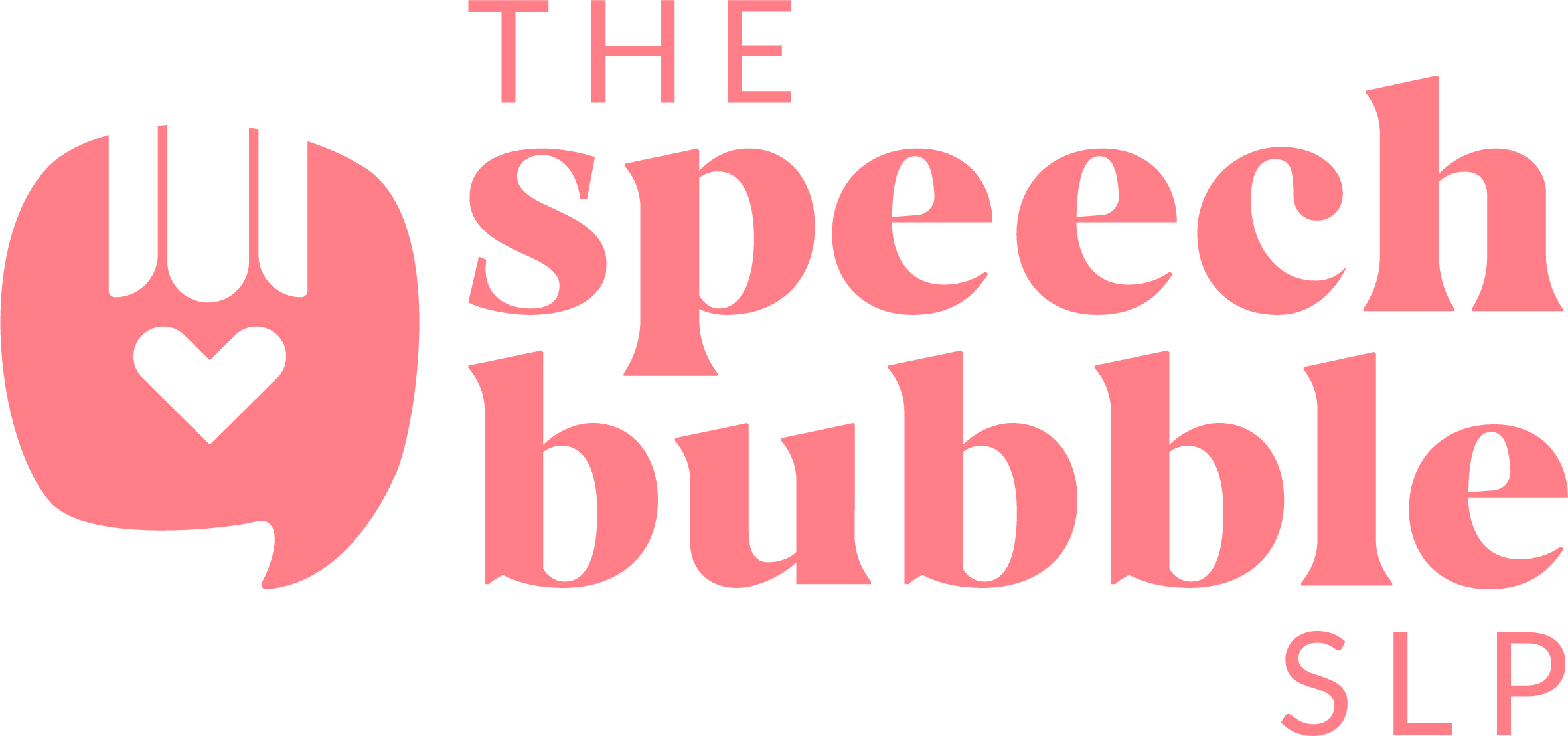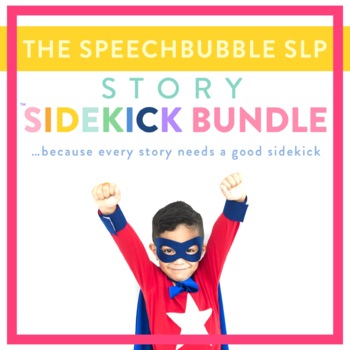When it comes to speech therapy, I’m mainly and language kinda gal. Artic and phono are ok, but once you toss /r/ into the mix…?. There are of tricks and techniques out there but today I am sharing some Quick tricks for R (/r/) methods found more consistent success with my students.

Just a reminder, before starting any articulation or phono work do and solid oral mech exam. Now, a few thing about /r/ that are worth chatting about. It is a sound from a lingual movement and position. We tell kids to ‘smile’ when they say /r/ it is to
1) help keep their lips from doing the work ( most likely resulting in a /w/ )
2) to get some nice posterior pull from the tongue.
Always be sure to try bunched and retroflexed types. While the majority of people used bunches, you never know what will work with your kids. There are great videos online like this from The Peachie Speechie that show some ways on how to make /r/. These are great for sending home with students while they (hopefully) practice with an adult. There are /r/ products on TpT as well but my favorites have been this one from Speechy Things and this one from The Pedi Speechie.
Start With KARLA
OK, let’s get into it, shall we? First, give KARLA a try. Now, what makes her so special you may ask? Why are people talking about KARLA like she’s Regina George? When we say KARLA we are already starting our word in a posterior position and then engaging in a posterior vowel that we start that magically co-articulation flow. Co-Articulation is the effect sounds have on each other as they transition. Since /ah/ is posterior and so is /er/ this sets up a nice smooth movement since we are not changing location, only engaging for a lift that then naturally gets pulled anteriorly and higher with the /l/. So the magic of KARLA is the co-articulation that it sets up for kids.
Tip: I tend to focus on my kids being able to say /er/ not /r/ when we start. Once they can nail /er/, you can shape the rest from there by swapping the beginning vowel and having kids slide into it. An example for /or/ would be to have kids ‘slide’ from /o/ -> /er/, then work on doing it progressively faster until it stands at the independent sound /or/.
Start with /er/: Quick Tricks for R
When I am teaching kids /er/ I start with having them say ‘E’. We look in mirrors while we say it so we can see how high and bunchy our tongue is, we use popsicle sticks to mark where we feel our tongue in our mouths, etc. We learn a lot about ‘E’. Now from ‘E’ we talk about how /er/ is pretty much the same thing but our tongue tips flip up a bit. I tell them to stick to the ‘E’ position while they do it. This helps give them some biofeedback and usually find some quick success.
If no matter what you do your kids still make a ‘uh’, review your oral mech exam notes. If this is still persisting it is typically because there is jaw instability and poor lingual control. Their tongue is most likely not in a proper resting position as well. If this is the case, your time needs to shift to focusing on these elements in your sessions and showing how they need to work for /r/. Amy Graham has an incredibly oral mech exam that gives you soooo much good information and is well worth the money.
These are just a few tips and ideas so be sure to comment if you have any questions.





















One Response
You are amazing! Thanks for sharing! I use a lot of the benefits of co-articulation in blends such as the /gr/ blend! I am excited to try this! Sandy